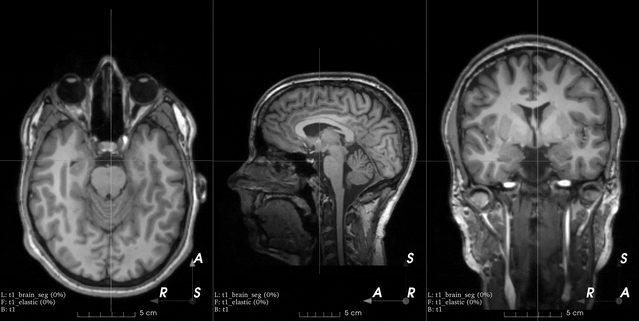The underlying pipeline design allows 3D array input, but not all operations support it by definition (e.g., flipX only makes sense for 2D case). Some operations are supported by upstream packages (e.g., ImageTransformations, Rotations, etc).
It would be clearer if you can provide a minimal example that you want the pipeline to work for the 3D array and then we can figure out which part is missing.

 Many times we need to do data augmentations considering all three axes at the same time.
Many times we need to do data augmentations considering all three axes at the same time.



This is either a question, or a feature request:
Does Augmentor.jl allow for 3D data augmentation? I tried to pass a 3D array but got an error message. If this is not possible right now: Would it be complicated to add support for that?
Thanks,
Tobi